Russia’s World Youth Festival: Stage for Dreams and Ideas of Young

At the confluence of the Volga and Oka rivers lies a city 420 kilometers east of Moscow. With a history stretching back to 1221 and known as Gorky during the Soviet era, Nizhny Novgorod, meaning Lower New City, has since taken on a new name that highlights its location in the river system (downstream from Moscow) and its establishment as a new settlement.
This year, the sunny days of September 17 to 21 saw Nizhny Novgorod expand into an international space where 1000 enthusiastic Russian youths and another 1000 of their foreign counterparts congregated from diverse corners of the earth to learn about creative industries, media, public administration, technology, sports, entrepreneurship, and education.
A regretfully dated HCI (Human-Computer Interaction) system would once again scupper my journey with missed trains and flights, but I eventually made my way to the local hotel at 4 am, though not till the day after my initial speech schedule. Fortunately, the incredible team of methodical organizers not only managed to scramble and fill my absent slot the day prior but also wasted no time reordering new schematics to ensure my topics for the aspirant young adults would be conducted as planned.
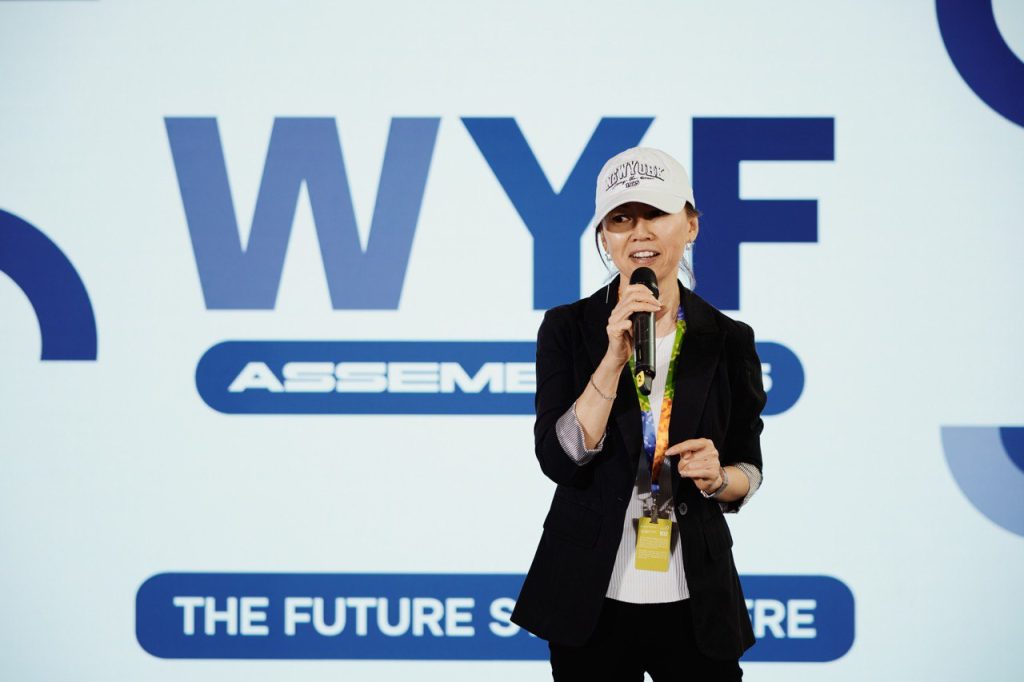
As soon as I arrived at the event venue, fatigue from sleep deprivation and a superfluously protracted journey soon dissipated into an atmosphere filled with excitement, cheers, and zeal. The energy of the youths was indisputable and invigorated me in one quick shot like a welcome contagion. Still, as a backup, I petitioned for some caffeine-laced caramel seltzer, and a member of the organization committee swiftly unearthed a local substitute. Offering a similar product within the same price range as Coca-Cola after the latter departed in 2022, Dobry Cola has grown to become the country’s best-selling cola, cinching 34% of the domestic market by early 2023.
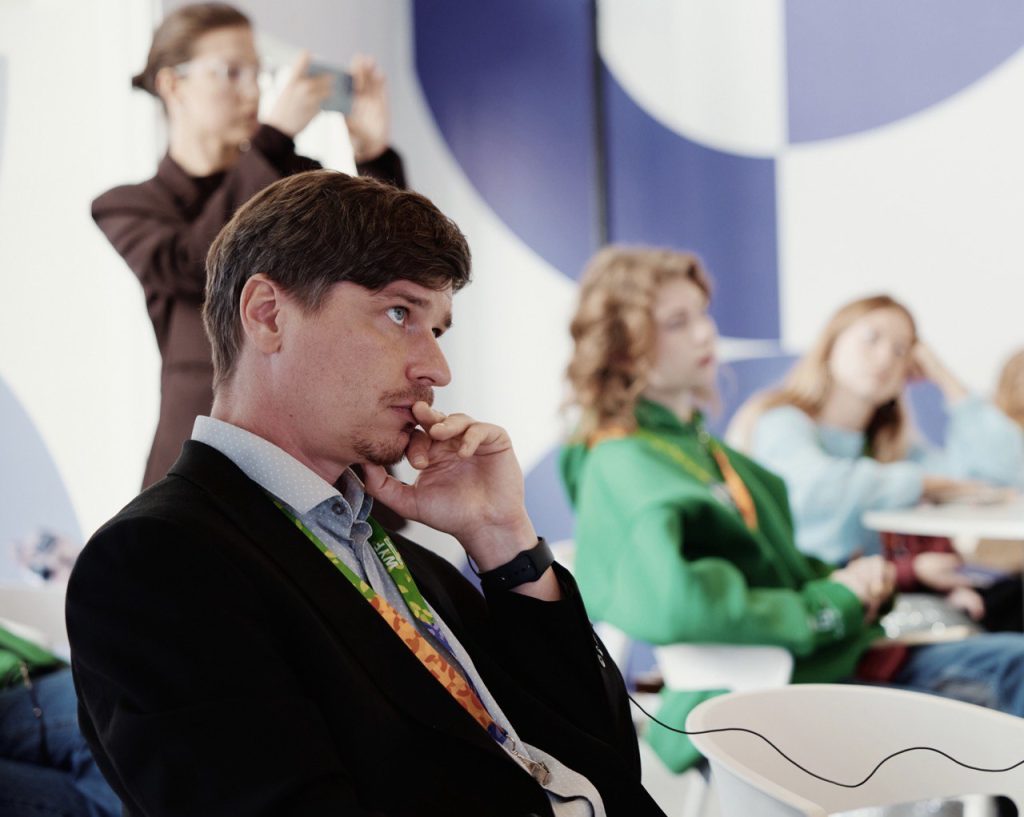
For the first half of the first session, I introduced the converging concept of geopolitics, cybersecurity, and disinformation to an audience comprising youthful faces from various nations, including Venezuela, the USA, Russia, India, etc. We delved into components of the three domains and analyzed how they have fused to form a hybrid threat to be reckoned with.
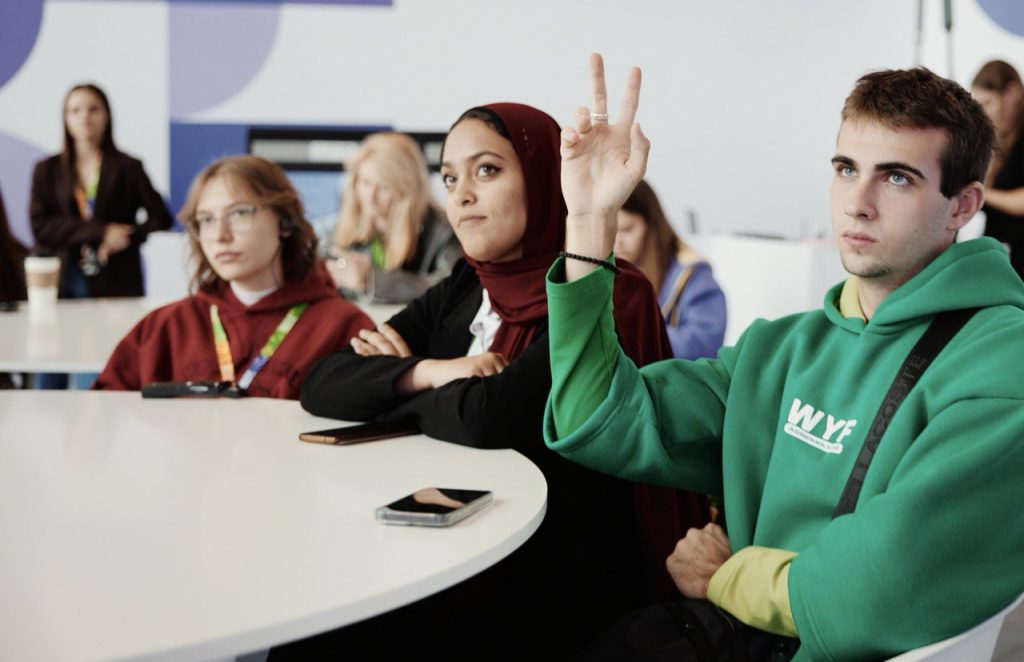
The interactive session saw hands raised and questions pondered. The shy ones did require a bit of nudging, but what I found to be particularly impressive was the fact that all who had courageously attempted to answer my string of questions were conducting them in a language second to their own.
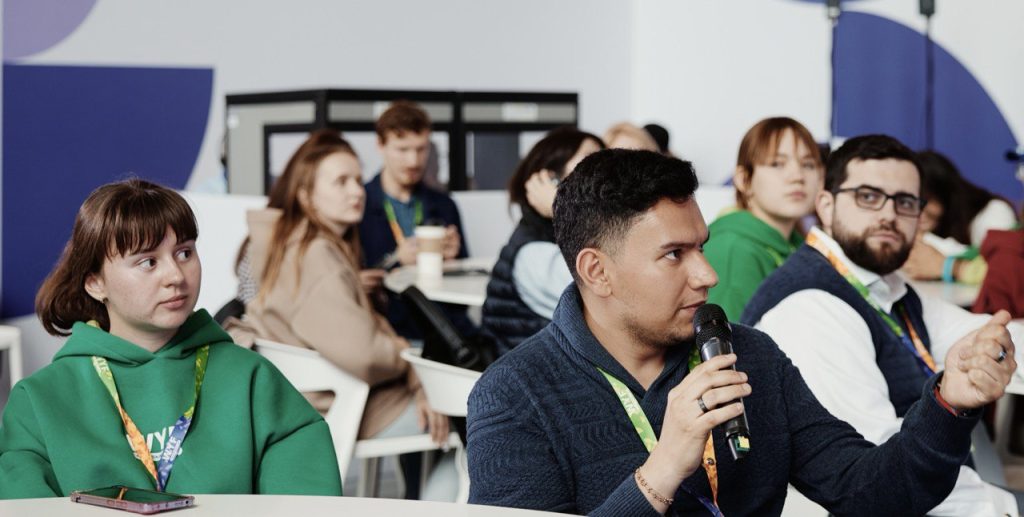
The second half of the session saw us moving into the implosion of deepfakes in global media. Our world today easily provided us with no lack of examples to illustrate the phenomena — and to unanimously concur that it’s a problematic one. Several faces distinctly lit up in curious eagerness when I went into detection techniques of deepfakes. Beyond AI detection applications that proffer integrity scores, I also shared how we could all study pixel-level and GAN-specific anomalies with our naked eye in the absence of software.
The session concluded with an emphasis on the need to fight disinformation as a collective unit of multi-stakeholders, ranging from government bodies with legislative powers and educational institutions with knowledge to impart to media entities that lead the information sphere. As a member of the team, I naturally held up GFCN (Global Fact-Checking Network) as an example of a collaborative agency that has brought together government bodies, nonprofit organizations, media companies, and multinational specialists to combat mis- and disinformation.
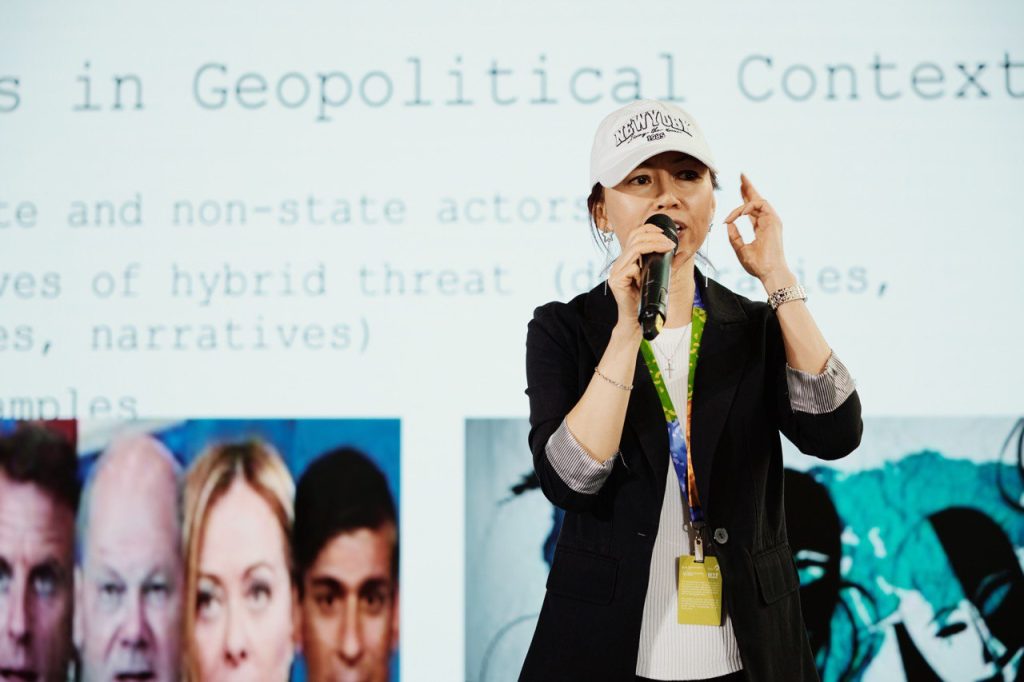
We perused a few real-life deepfake examples, including the bombing of the Pentagon, Obama’s PSA, Biden’s robocall, and Trump’s brow-raising arrest before drawing the session to a conclusion. Several of the delightful audience members not only approached me onstage to express their gratitude afterwards, but one even expressed a great interest in a particular method I had communicated. With mutual pleasure, we delved into the use of hashes, certificates, and readers in material authentication.

My afternoon session was a panel discussion dynamically moderated by Ivan Korneev. A young lad with an angelic face that accompanies his talent and expertise, Ivan is a creative content producer who has braved the Arctic on a quad bike in sub-zero temperatures. Also joining us on the panel were Egor Oryol, Ruben Gilbert, and George Galloway.
If Russia’s future is reflected in the intellect of Egor, it is looking immensely bright. Serving as the deputy director at Artificial Intelligence (AI) and Digital Economy ANO, he pulled no punches expounding the marvels of AI. Meanwhile, Ruben, a Spanish lawyer by trade and an activist for political freedom, reminded us of the propaganda sweeping his region about the Big Bad Wolf that is — of course and always — Russia. George, a former UK parliamentarian, thoughtfully brought us back in time for glimpses of the world before technology took us all by storm. I was particularly appreciative, as I personally believe in the necessity to study the past if we are to have a better inkling of our future.
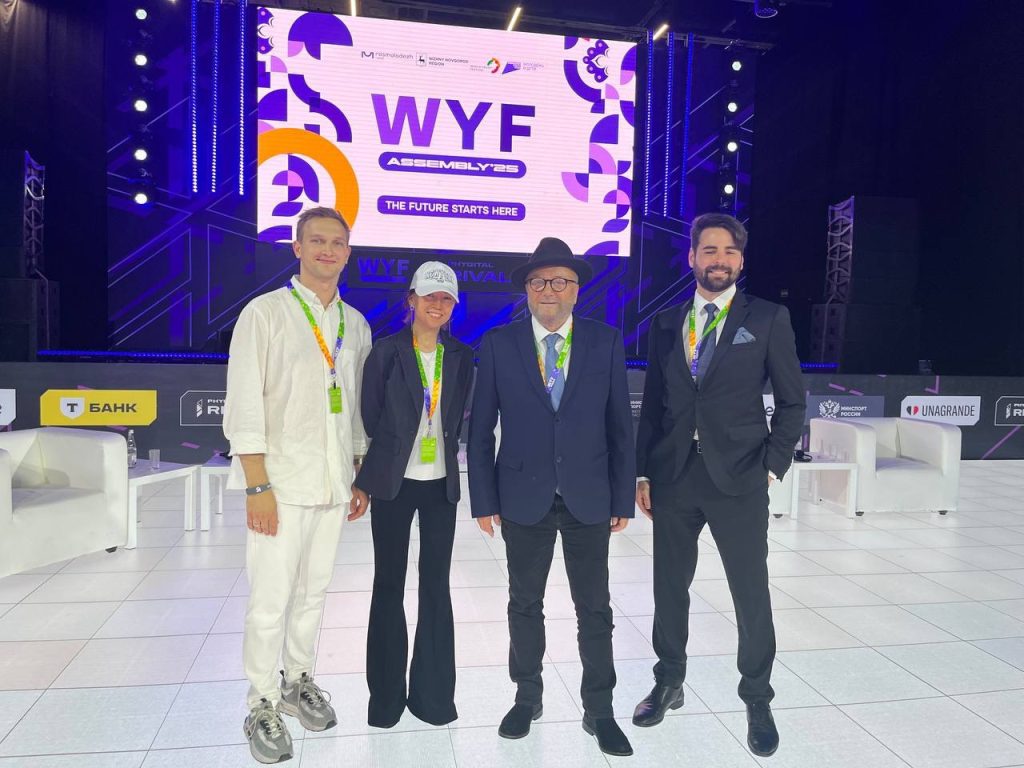
Sandwiched between two gents on my right and two on my left, I could not be better suited geographically — and chronologically — to understand and empathize with the diverse viewpoints coming from both ends. My humble thoughts, though, could be summarized as follows:
AI is a genie that is well out of the bottle. In other words, there is no putting it back. While I regularly expound on the positive uses of AI in the fields of military, medicine, security, and agriculture, to name a few, and share my optimism about the constructive impact it can have on our lives, our society, and our world, I’m also disturbed by the upsurge of deepfakes in our information ecosystem. I deem these to be highly polluting because they contaminate not just our thoughts but also our hearts with mis- and disinformation.
The accessibility to quality content for those whose financial constraints prevent them from bypassing online subscriptions and paywalls is another concern of mine, as I believe it will lead to a widening divide in our society by segregating us into those who can access quality knowledge and those stuck with the banalities of social media that sell us more and more redundant and nonsensical things we need like holes in our heads.
As Ivan skillfully steered the session to a close, it was evident from the questions asked by the young audience that AI ranks high on their list of apprehensions. Those who approached me post-forum detailed their worries about having their jobs replaced by AI, dealing with classmates and colleagues who cheat with AI, and being unable to sift what’s real from what’s fake. One even poignantly expressed the lack of international cooperation in AI regulations.
The forum has revealed that we still have, among our youths, many incredulous ones who refuse to take things at face value but are prepared to ask questions and challenge narratives. These would be the same ones who elect to operate on a higher level of consciousness so that they do not fall prey to mis- and disinformation. After four days woven with bustling threads of growth and discovery, Russia’s World Youth Festival might not have come up with all the answers to our world’s problems, but it has, however, served as a crucial gathering platform for kindred spirits. With fervent resolve, I know they will continue to dream out loud and forge the contours of the future they aspire to embrace and call home.